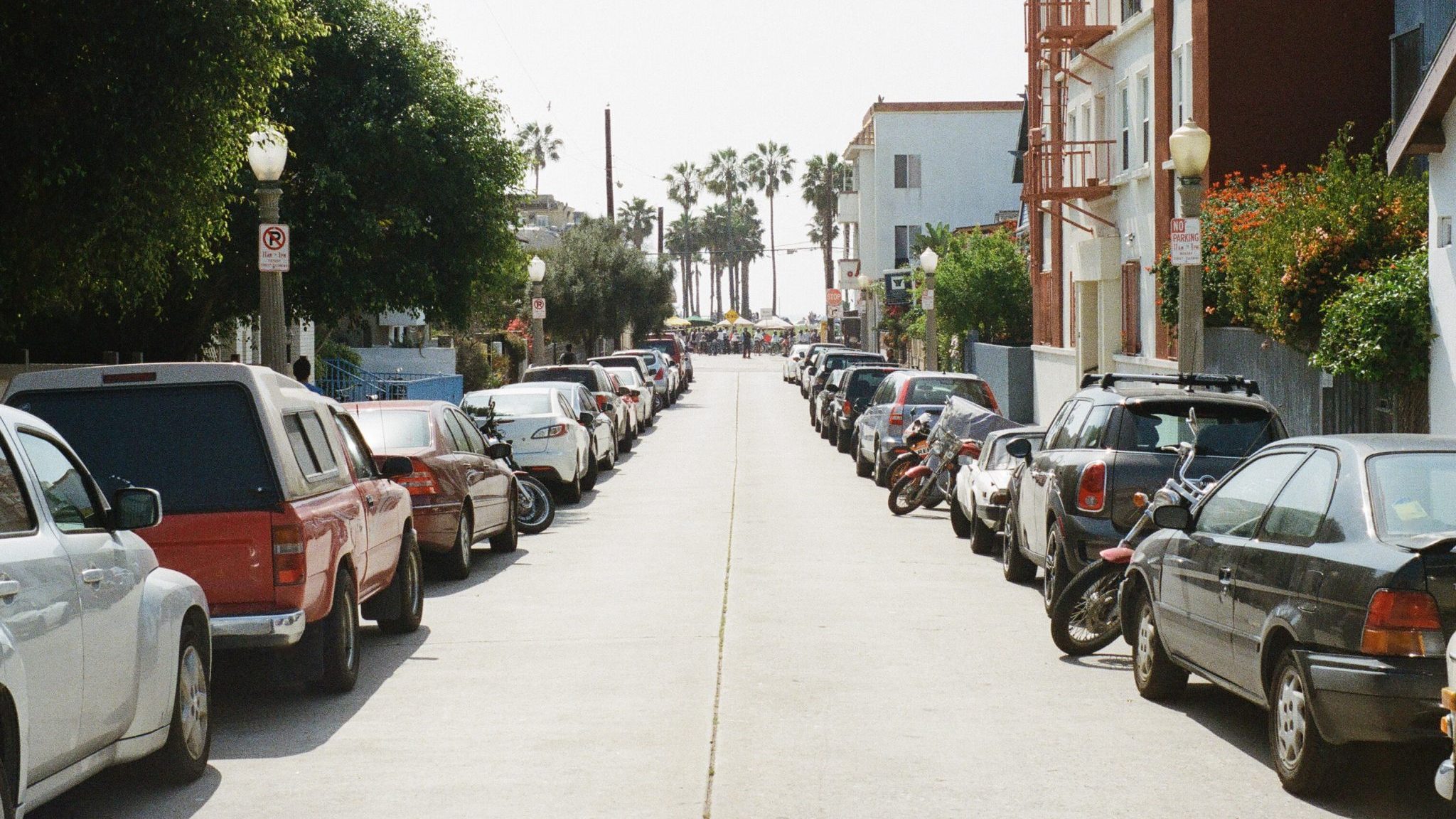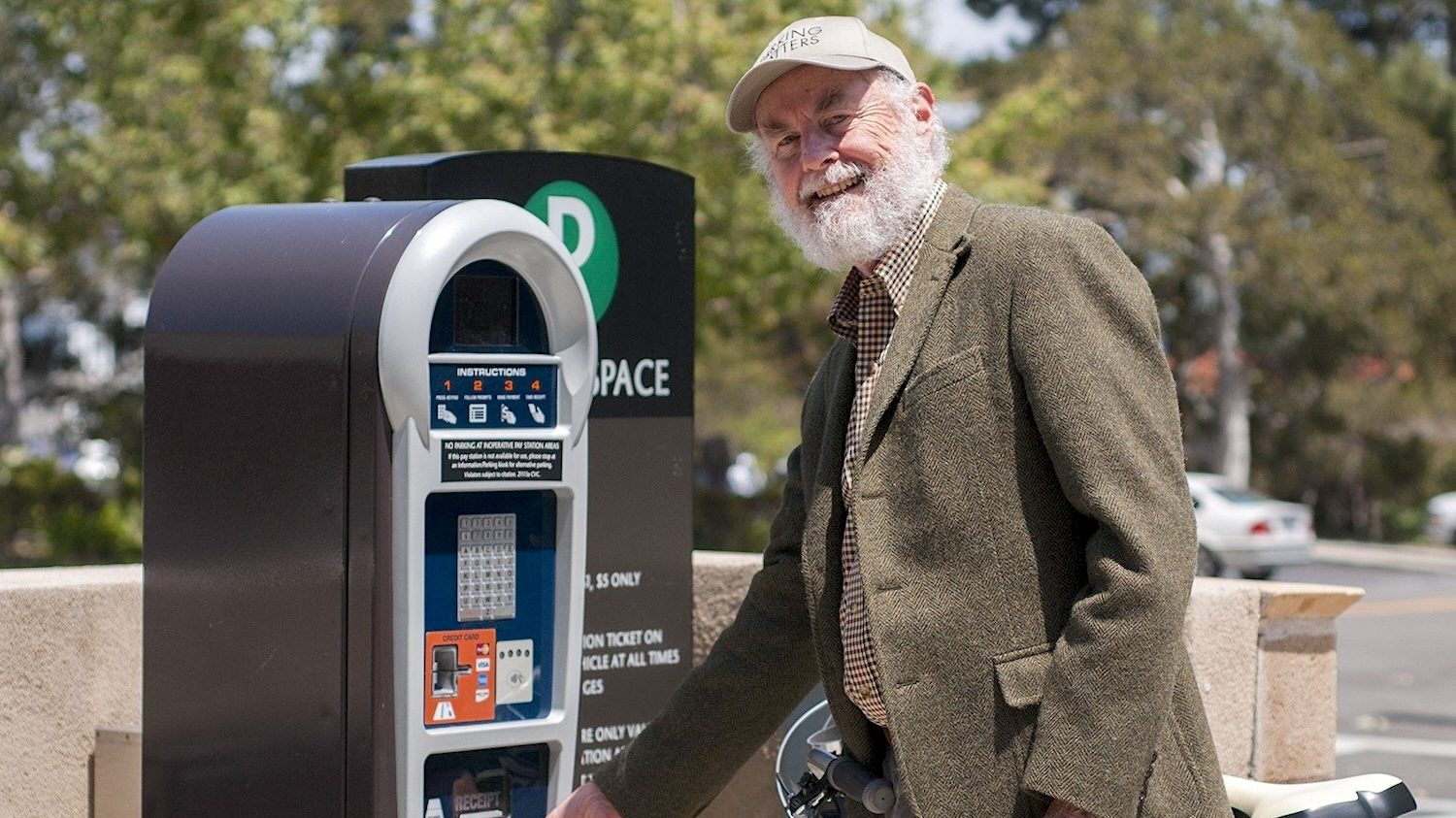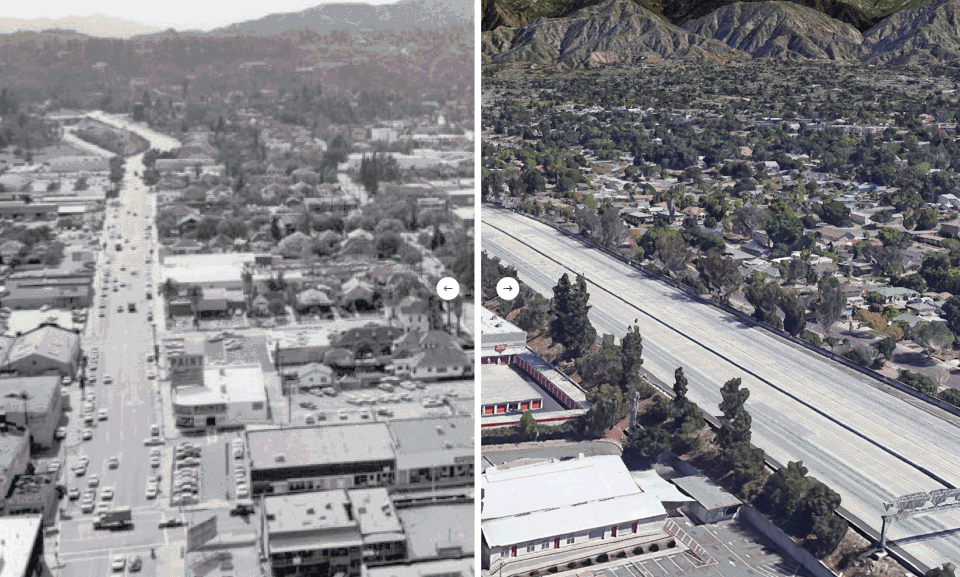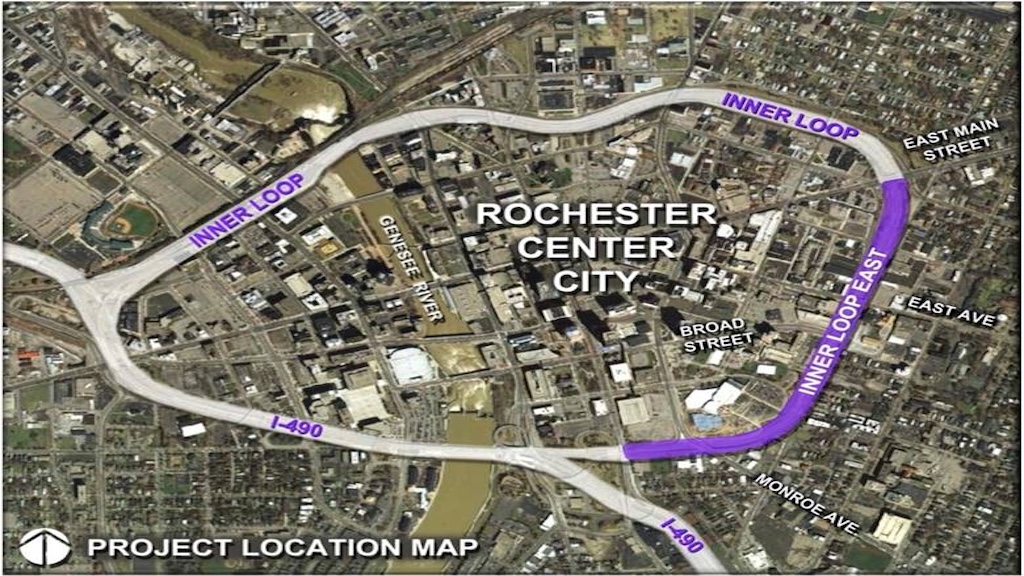Donald Shoup’s three parking reforms

This article is adapted from a chapter in the new book “Parking and the City,” edited by Transfers senior editor Donald Shoup, and has been edited since its original publication in The Parking Professional magazine.
At the dawn of the automobile age, suppose Henry Ford and John D. Rockefeller had asked how city planning could increase the demand for cars and gasoline. Consider three options. First, divide the city into separate zones (housing there, jobs there, shopping somewhere else) to create travel between the zones. Second, limit density to spread everything apart and increase travel. Third, require ample off-street parking everywhere so cars will be the default way to travel.
American cities have unwisely adopted these three car-friendly policies. Separated land uses, low density, and ample free parking create drivable cities but prevent walkable neighborhoods. Although city planners did not intend to enrich the automobile and oil industries, their plans have shaped our cities to suit our cars. In turn, our cars have shaped our lives. As John Keats wrote in “The Insolent Chariots,” “The automobile changed our dress, manners, social customs, vacation habits, the shape of our cities, consumer purchasing patterns, and positions in intercourse.” A few of us were probably even conceived in a parked car.
Parking requirements in zoning ordinances are particularly ill-advised because they directly subsidize cars. We drive to one place to do one thing, then to another place to do another thing, and then finally drive a long way back home, parking free almost everywhere. Off-street parking requirements are a fertility drug for cars.
Thinking about parking
Peoples’ analytic abilities seem to shift to a lower level when they think about parking. Some strongly support market prices — except for parking. Some strongly oppose subsidies — except for parking. Some abhor planning requirements — except for parking. Some insist on rigorous data collection and statistical tests — except for parking. This parking exceptionalism has impoverished our thinking about parking policies, and ample free parking is seen as an ideal that planning should produce. If drivers paid the full cost of their parking, it would seem too expensive, so we ask someone else to pay for it. But a city where everyone happily pays for everyone else’s free parking is a fool’s paradise.
In “The High Cost of Free Parking,” which was published in 2005, I argued that parking requirements subsidize cars, encourage sprawl, degrade urban design, prohibit walkability, damage the economy, raise housing costs, and penalize people who cannot afford a car. Since then, to my knowledge, no member of the planning profession has argued that parking requirements do not cause these harmful effects. Instead, a flood of recent research has shown they do cause these harmful effects. Parking requirements in zoning ordinances are poisoning our cities with too much parking.
Off-street parking requirements are almost an established religion in city planning despite all the damage they do. One should not criticize anyone else’s religion but, when it comes to parking requirements, I’m a Protestant who believes city planning needs a Reformation.
Three reforms
Reform is difficult because parking requirements don’t exist without a reason. If on-street parking is free, removing off-street parking requirements will overcrowd the on-street parking and everyone will complain. Therefore, to distill the 800 pages of “The High Cost of Free Parking” into three bullet points, I recommend three parking reforms that can improve cities, the economy, and the environment:
- Charge the right prices for on-street parking. The right prices are the lowest prices that will leave one or two open spaces on each block, so there will be no parking shortages. Prices will balance the demand and supply for on-street spaces.
- Spend the parking revenue to improve public services on the metered streets. Because everybody will see their meter money at work, the new public services can make parking meters politically popular.
- Remove off-street parking requirements. Developers and businesses can then decide how many parking spaces to provide for their customers.
Each of these three policies supports the other two. Spending the meter revenue to improve neighborhood public services can create the necessary political support to charge the right prices for curb parking. If cities charge the right prices for curb parking to produce one or two open spaces on every block, no one can say there is a shortage of on-street parking. If there is no shortage of on-street parking, cities can remove their off-street parking requirements. Finally, removing off-street requirements will increase the demand for on-street parking, which will increase the revenue to pay for public services.
Many cities are adopting these three reforms. The successful outcomes provide convincing evidence that my policy proposals are not theoretical and idealistic but instead are practical and realistic. The good news about our decades of bad planning for parking is that the damage we have done will be fair cheaper to repair than to ignore.
Trying to reform your own city’s parking policies may feel like paddling a canoe to tow an aircraft carrier, but if enough people paddle, the ship will move. I hope “Parking and the City” will inspire planners, politicians, and citizens to begin paddling. Reform depends on leadership from all of you.



